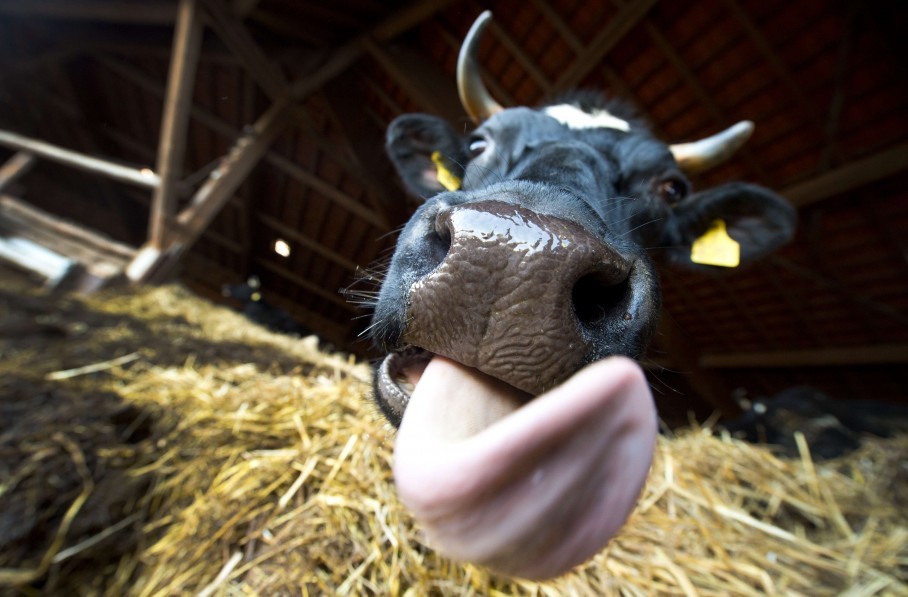This recently published closed access paper by Sancheza, et al claims that levels of antibiotic resistance genes and antibiotic resistant bacteria are higher in outdoor air samples downwind of conventional cattle farms compared to organic cattle farms as shown with 3 different methods.
This comes as little surprise, as it wasn’t until December 2013 that the FDA thought to update its regulations about using antibiotics in an agricultural setting. Conventional farms use antibiotics to help the growth rate of livestock; the industry is required to cease use of medically relevant antibiotics by January 2017 which is a) way overdue and b) still does not completely eliminate the use of antibiotics for non-therapeutic purposes. Antibiotic resistance is easily transferred between microbes, especially in environments like soil. It has even been shown to travel through air, as I blogged about last year. This has long-term ramifications for not just animal health, but human health as well.
Here is the abstract for the paper:
Levels of antibiotic resistance genes (ARGs) and the fractions of antibiotic resistant bacteria (ARB) among culturable heterotrophic bacteria were compared in outdoor air near conventional (n = 3) and organic (n = 3) cattle rearing facilities. DNA extracts from filters taken from 18 locations were analyzed by quantitative polymerase chain reaction (qPCR) for five ARGs. At the reference (non-agricultural) site, all genes were below detection. ARGs sul1, bla SHV, erm(B), and bla TEM were more frequently detected and at higher levels (up to 870 copies m−3 for bla SHV and 750 copies m−3 forsul1) near conventional farms compared to organic locations while the opposite was observed forerm(F) (up to 210 copies m−3). Isolates of airborne heterotrophic bacteria (n = 1295) collected from the sites were tested for growth in the presence of six antibiotics. By disk diffusion on a subset of isolates, the fractions of ARB were higher for conventional sites compared to organic farms for penicillin (0.9 versus 0.63), cloxacillin (0.74 versus 0.23), cefoperazone (0.58 versus 0.14), and sulfamethazine (0.50 versus 0.33) for isolates on nutrient agar. All isolates’ ΔA600pres/ΔA600abs were measured for each of the six tested antibiotics; isolates from farms downwind of organic sites had a lower average ΔA600pres/ΔA600abs for most antibiotics. In general, all three analyses used to indicate microbial resistance to antibiotics showed increases in air samples nearby conventional versus organic cattle rearing facilities. Regular surveillance of airborne ARB and ARGs near conventional and organic beef cattle farms is suggested.
